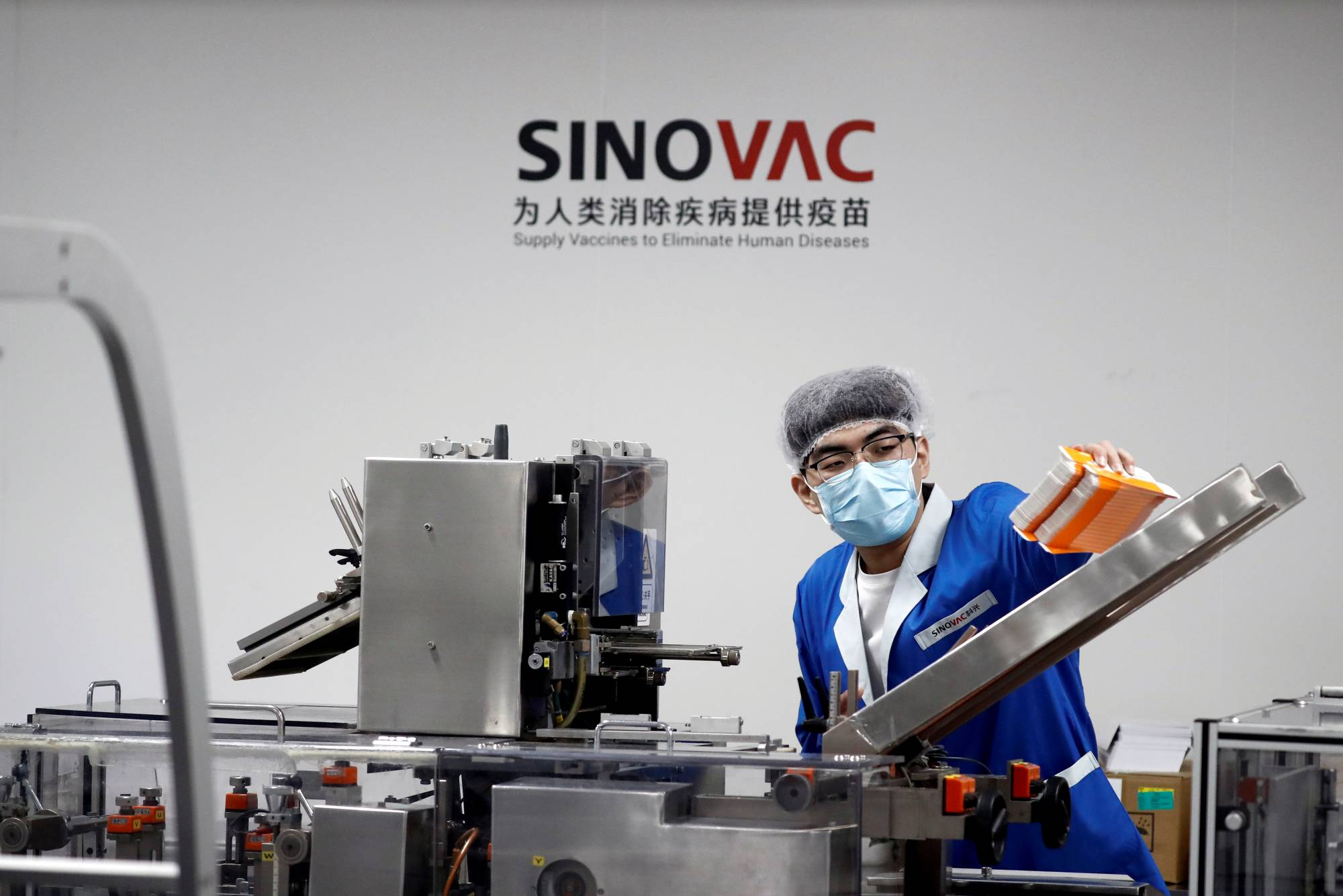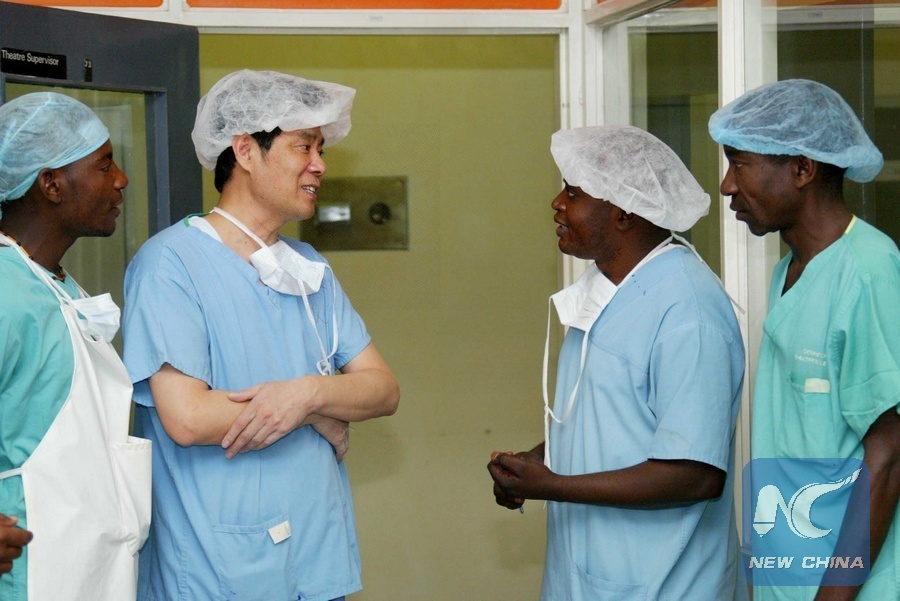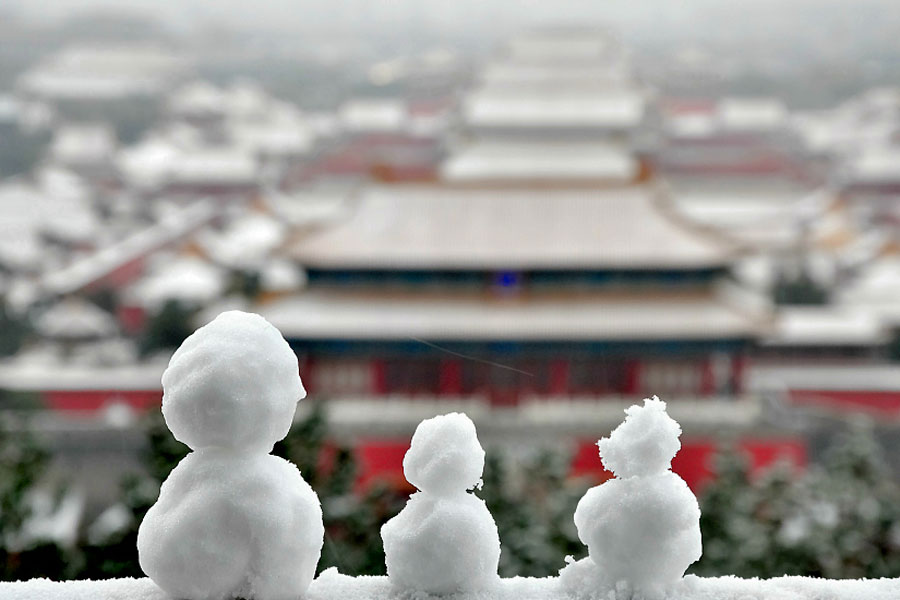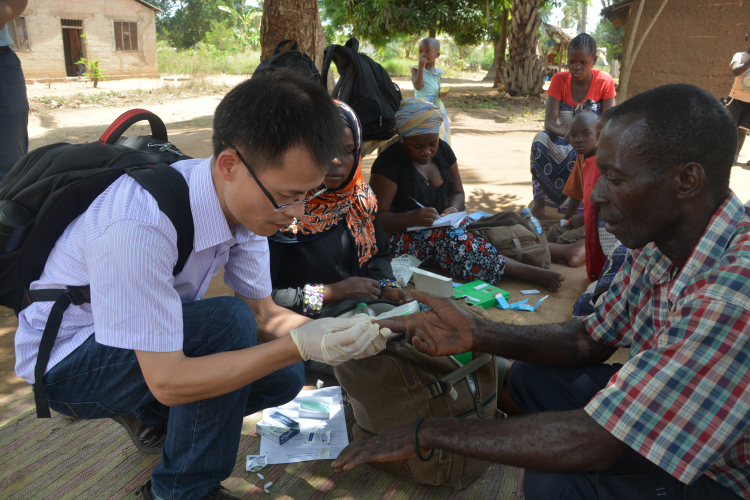Another Chinese COVID-19 Vaccine Added to the WHO Emergency Use List
What You Should Know About Sinovac, its COVID-19 Vaccine and the Potential Impact of the WHO Approval

June 8, 2021 | By Zixiang (George) Zhou, Associate, Bridge Consulting | Image source: Reuters
On June 1, the World Health Organization officially listed the inactivated COVID-19 vaccine developed by Chinese biopharmaceutical company Sinovac Biotech Ltd. for emergency use. This is the second Chinese COVID-19 vaccine to receive the WHO’s approval, after another inactivated COVID-19 vaccine developed by Sinopharm was approved for emergency use on May 7. Although the Sinovac vaccine is similar to the Sinopharm vaccine in some ways, it has a few notable differences in terms of its real-world studies, worldwide distribution, and international cooperation on overseas manufacturing and vaccine R&D. We offer a review of the strengths and shortcomings of Sinovac and its vaccine, its global distribution, and the potential impact of the WHO’s approval.
Strengths and Shortcomings
WHO’s approval and recommendations. As we explained in our recent article on the Sinopharm vaccine’s WHO emergency use listing (EUL), the WHO’s EUL means the vaccines would have had to pass a series of stringent review of the product’s quality, safety, efficacy, performance data, and manufacturing and quality management standards. WHO has stated that overall results have shown that the vaccine prevented symptomatic disease in 51% of those vaccinated and prevented severe COVID-19 and hospitalization in 100% of the studied population.
Increased production capacity domestically and internationally. According to Chinese media, Sinovac’s production base in Beijing can produce up to 2 billion doses of finished and bulk vaccines per year. Its workers are working in three shifts round the clock and can produce 6 million doses of vaccines per day. Sinovac is also sending active ingredients and bulk vaccines to its partners overseas to produce its vaccine locally.
Less stringent storage requirements. Like the Sinopharm vaccine, the Sinovac vaccine can be stored at normal refrigeration temperatures (2-8 degrees Celsius), making it suitable for low-resource settings.
Lower efficacy but promising real-world effectiveness. The Sinovac vaccine’s efficacy in clinical trials reported by the WHO is 51% which is lower than other WHO-approved COVID-19 vaccines including the Sinopharm vaccine. It is still being evaluated in environments where variants of concerns are circulating. Nevertheless, subsequent real-world studies after mass vaccination using the Sinovac vaccine show more promising results. WHO report noted that its effectiveness is 67% after two doses in a huge real-world study in Chile where the Gamma and Alpha variants were known to circulate in the region at the time of the study. Real-world study of 120,000 healthcare workers who received the Sinovac vaccine in Indonesia showed it prevented symptomatic COVID-19 in 94% of the group, and it was 98% effective at preventing death and 96% effective at preventing hospitalization. Another real-world study in Brazil where 95 percent of the targeted adult population in a city of 45,000 people were fully vaccinated with the Sinovac vaccine showed a 95% drop in COVID-19 deaths, 86% fell in COVID-19 hospitalizations, and 80% drop in symptomatic cases, while its neighboring cities were hit hard by the pandemic.
Questions with existing evidence. Although the WHO experts approved the Sinovac vaccine for emergency use, the expert panel in charge of reviewing it still stated in its report that it has a “low level confidence” in the data about its potential side effects in older adults (people aged 60 and older) and those with comorbidities or health states that increase the risk for severe COVID-19. Sinovac is conducting and planning studies to generate more data to address these questions, and to enable full licensure and WHO prequalification of the vaccine.
Current Global Distribution
According to our China COVID-19 vaccine tracker, the Sinovac vaccine has delivered the largest number of vaccines abroad among Chinese COVID-19 vaccine developers. As of June 7, it has delivered more than 200 million doses of its vaccines to 36 countries, accounting for about 76% of total Chinese COVID-19 vaccines delivered overseas. The largest recipients are Indonesia, Brazil, Chile, and Turkey. Indonesia alone has received 81.5 million doses of the Sinovac vaccine in bulk as of June 1 which are being processed and finished by a local vaccine producer Bio Farma. All of these countries hosted the Sinovac vaccine’s clinical trials, which may explain why they were able to approve the Sinovac vaccine and order and receive large amount of it early.
Impact
Increased trust in the vaccine and distribution worldwide. Sinovac’s clinical trial partners in various counties previously have released different trial results, causing some confusion and concerns. China’s vaccine industry is also dealing with issues such as recent vaccine production scandals, questions about COVID-19 vaccine trial results, and low international recognition. WHO’s approval could address some of these skepticisms. The WHO’s EUL approval could also allow countries to expedite their own regulatory review of the Sinovac vaccine as well as approval to import and administer it. The COVAX Facility can also start purchasing the Sinovac vaccine after the WHO EUL approval. Gavi, the Vaccine Alliance is in dialogue with Sinovac to potentially procure the Sinovac vaccine for COVAX.
International cooperation on overseas manufacturing and vaccine R&D. WHO’s EUL approval also means that the Sinovac vaccine produced by Sinovac’s facility inspected by the WHO expert is manufactured in compliance with Good Manufacturing Practices, which is a boost of confidence for those countries that are using technologies and knowhows transferred by Sinovac to produce its vaccine. Out of the 11 countries where overseas manufacturing of Chinese COVID-19 vaccines has been announced, 5 of them are producing or planning to produce the Sinovac vaccine. Brazil, Indonesia, Malaysia and Egypt have all started to produce the Sinovac vaccine from active ingredients or bulk vaccine delivered by Sinovac. These countries also have the potential to become vaccine production hub for their regions. Full overseas production of the Sinovac vaccine is also planned in some countries. Egypt plans to produce raw materials for the Sinovac vaccine in the future with production and manufacturing technology transferred by Sinovac.
Sinovac is also leading an initiative to build the China branch of the BRICS vaccine R&D center, a joint effort by the five BRICS countries. According to Chinese state media, this center will “promote joint research, development and clinical trials of vaccines, as well as the construction of factories, production licensing and mutual recognition of standards among the five BRICS countries.” Most of these countries are developing countries with limited vaccine R&D and production capacities, which leaves them vulnerable to COVID-19 and future pandemics. The buildup of vaccine production and R&D capacities by these countries through collaboration between Sinovac and their partners in developing countries stand to play a critical role in helping these countries deal with the current vaccine shortage and prepare for the next pandemic.
About The Author
Zixiang (George) Zhou
Zixiang (George) Zhou is an experienced international relations and development professional who has worked in Washington DC, Nairobi, and Beijing. Find George on LinkedIn.



